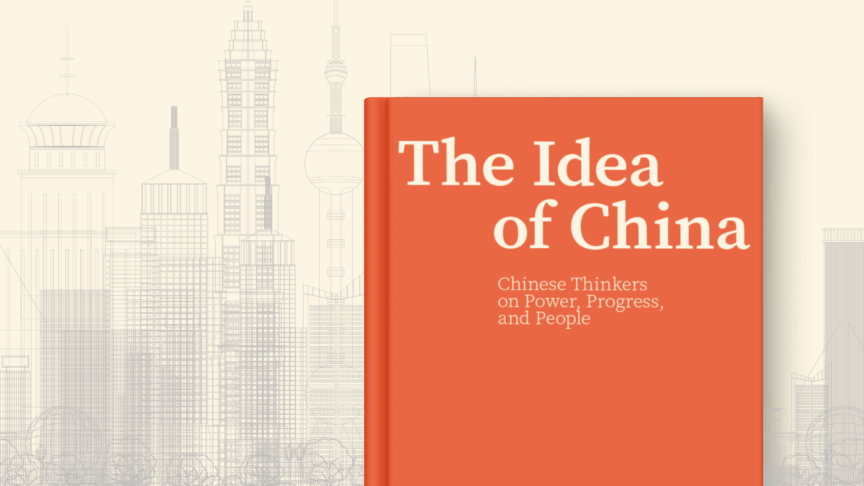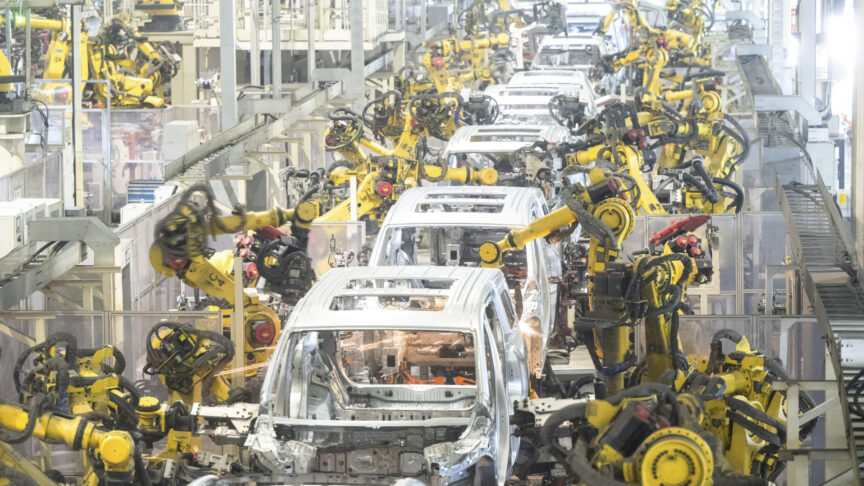From 5G hardware to apps and data: How Huawei has adapted to survive
Huawei’s new approach is allowing the company to secure positions at the very core of the future data economy
A year and a half ago, an internal memo leaked in which Huawei’s chief executive said the company was facing a “live or die moment.” It would have to go into “battle mode,” he warned.
The firm had been under pressure for several years as Western states gradually began to curtail the use of its 5G equipment and imposed export controls on Huawei products. Much of the pressure came from the United States as it prepared for what it views as its major strategic challenge of facing off against China. Huawei’s struggles appeared to show that the pressure had worked. Despite this, it is time to look again at the reinvention the company has undergone – and the new ways in which it is embedding itself in numerous Western states.
It is true that Huawei’s global sales revenue collapsed by 30 per cent in 2021, and the firm’s longer-term challenges seemed intractable. But diminished political interest – and indeed the preoccupation with covid-19 and Russia’s all-out invasion of Ukraine – is not just the result of short political attention spans. In reality, the EU continues to navigate its relations with China via a ‘cakeist’, three-element policy of cooperation, competition, and rivalry. As a result, its various parts are moving at different paces, whether on climate change or foreign investment screening, often in response to circumstances and crises, yet always still fundamentally welcoming of cooperation in pursuit of economic gain. Amid this array of activity, the EU and its member states have overlooked Huawei’s most recent moves.
In the last couple of years, Huawei has continued to produce hardware, such as building 5G infrastructure, while also actively expanding into other areas. For example, on the first strand of work, the company is still pursuing critical infrastructure penetration beyond the West, as its operations in Saudi Arabia testify, where it maintains a presence in 5G infrastructure, cloud computing, and high-tech complexes. Furthermore, there remains great uncertainty about the exact degree of penetration of Chinese vendors in critical infrastructure in many Western countries.
A major acceleration in Huawei’s apps and data activities took place after 2019-2020, suggesting a clear shift in strategy.
Meanwhile, Huawei has pursued the second strand – diversification – with vigour, leading it to seek a stronger presence in non-communication technology, such as home appliances and wearables; in software and data, such as in cars and water management systems; and in R&D, including beyond telecoms and electronics, such as with start-ups. Indeed, the company’s R&D work is venturing beyond its previous narrow communication technology focus and is still growing. It boasts over 10,000 patents worldwide and is constantly increasing its budgets. Huawei also appears to be ever more interested in talent acquisition share rather than market share. It launched its global “Seeds for the Future” programme in 2008; by December 2021 it had reached over 12,000 people in 137 countries. But Huawei is not pursuing these two strands at the same pace: a major acceleration in its apps and data activities took place after 2019-2020, suggesting a clear shift in strategy.
As part of this new strategy, Huawei is seeking advanced innovations and finding ways to apply them. To this end, it has reinforced its engagement with universities, research centres, and labs, including in Europe. In 2021 alone, it spent $400m on activities with over 300 universities and 900 research institutions. Conceptually, these ‘industry–academic collabs’ represent the infrastructure of technology innovation in ICT – they are therefore vital for a firm such as Huawei to be able to embed itself in this domain. This ‘open innovation’ model relies on the leveraging of cooperation with a multitude of academic partners across numerous countries. It zooms in on the particular and competitive strengths of individual institutions and then generates sustained, long-term partnerships which bring innovations and help embed the firm in a state’s industrial and production structures. Yet, examined from the angle of national security, they constitute gateways for the Chinese company into countries’ industry and wider economies.
State authorities in central and eastern Europe have in recent years made sustained efforts to enact “security distancing” from Huawei in the area of critical infrastructure, including 5G. But the company’s revised approach means it is now making inroads into other domains. Bulgaria is a case in point. Over the course of the last two years or so, Huawei has signed numerous and extensive memorandums of cooperation with a range of Bulgarian universities. One is with Sofia University and encompasses joint R&D in the areas of artificial intelligence, ICT, and big data. As part of the project, a new joint lab is to be set up with nationally available funding from EU programmes, while the programmes of Huawei’s ICT academy are to be implemented across various domains. Joint R&D projects, “training of talents,” career placement, and procurement are also at the core of an agreement between the company and the Technical University in the city of Gabrovo. At the Technical University in Sofia, BA and MA programmes have been redesigned to introduce training at a Huawei-equipped lab. Cooperation agreements have also been penned with the National Arts Academy, the Transport College, Plovdiv University, Varna Economics University, and others.
Other countries in central and eastern Europe have also witnessed a persistence, and even uptick, in Huawei-related interest and activities. Not surprisingly, given its friendly attitude to China, Hungary stands out. It recently hosted Huawei’s annual Innovation Day event and the country hosts its largest logistics base on the continent. Despite a very difficult political relationship with the government in the Czech Republic, Huawei is pushing on with other activities such as a summer school for female tech leaders. Cooperation with Polish universities is also extensive, with nearly a dozen higher-level institutions participating in the company’s initiatives. For example, in June 2021, Lodz University and Huawei Polska signed an expansive cooperation agreement, which has been replicated by similar structures in other Polish universities. Even in China-sceptic Romania, Huawei has concluded similar agreements, most recently with the Bucharest Polytechnic University. It has also initiated programmes in non-EU states in central and eastern Europe such as Montenegro and Bosnia and Herzegovina.
These activities are the visible result of Huawei’s change in strategy. Rather than playing its part in the wider “Belt and Road” policy of engagement – building major pieces of infrastructure under the aegis of Beijing’s global investment programme – Huawei appears to have pivoted to an ‘apps and data’ approach. While no doubt forced into this to a degree by US and wider Western pressures, this new policy actually enables the company to broaden and embed itself in a range of areas, securing positions at the very core of the future data economy. From this perspective, statements of success about felling the Chinese giant are both premature and oblivious to its present push. Moreover, the very fact that Huawei is enacting this shift relatively smoothly across central and eastern Europe serves as a reminder of the EU’s incoherent approach towards Beijing and the difficulties of countering a determined strategic opponent such as China.
The European Council on Foreign Relations does not take collective positions. ECFR publications only represent the views of their individual authors.



